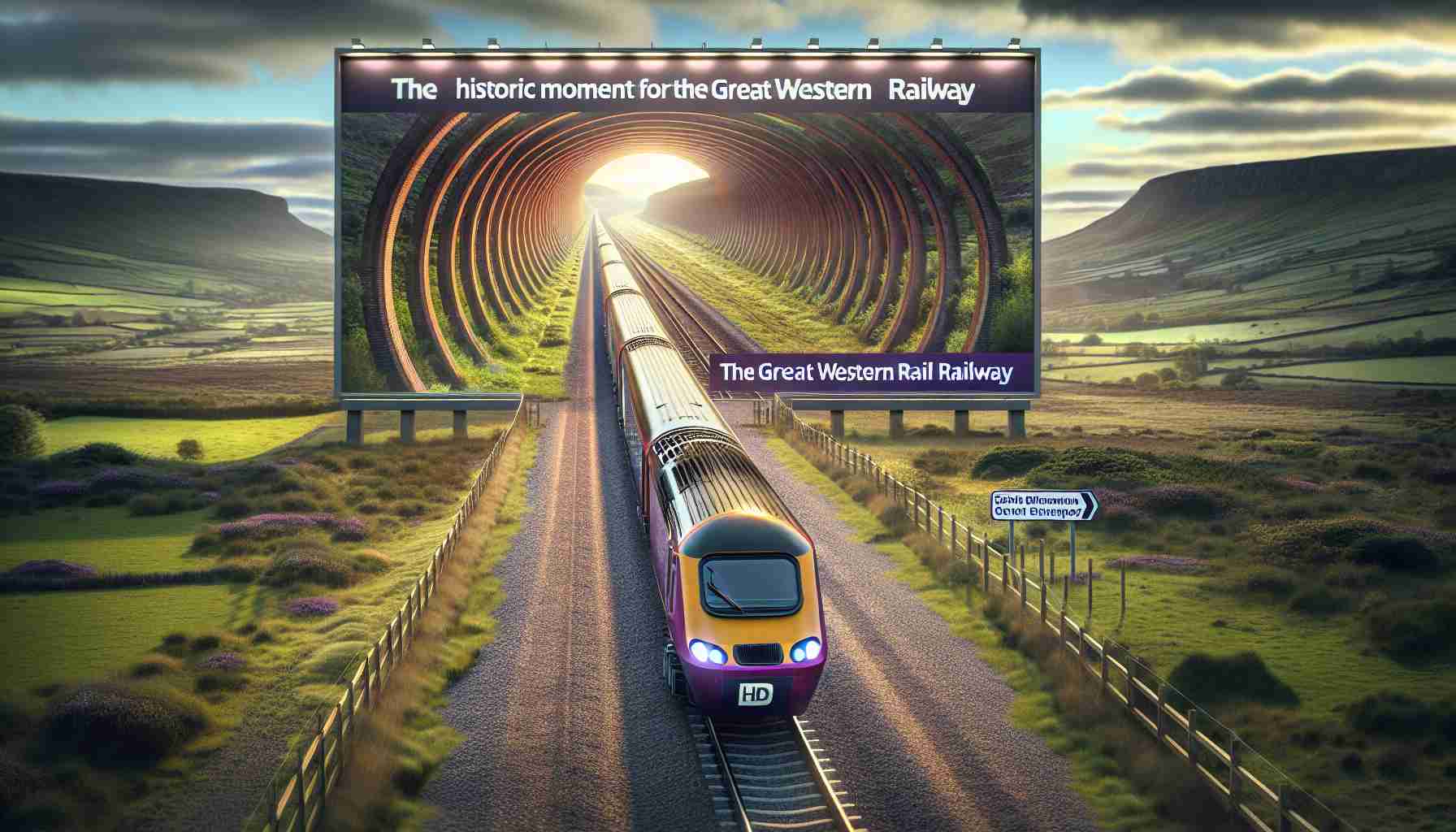Great Western Railway (GWR) has achieved a remarkable feat in the realm of sustainable rail travel. In February 2024, their battery-operated train broke the UK record for the longest distance traveled on battery power without recharging. The innovative FastCharge battery train covered an impressive 86 miles, surpassing the previous record held by a Stadler Class 777.
During its journey between Long Marston, Evesham, Moreton-in-Marsh, and Honeybourne, the train demonstrated its capabilities by operating at speeds of up to 60 miles-per-hour. It tackled hilly terrain with elevation changes of up to 200 meters, stopping and starting along the way. These real-world conditions showcased the train’s reliability and efficiency, exceeding the expectations of the GWR engineering team.
Furthermore, the battery train showcased its exceptional range by completing a 70-mile journey from Long Marston to Reading Train Care Depot using only 45 percent of its battery capacity. Engineers on board noted that the train could have traveled more than 120 miles on a single charge. This performance serves as a testament to the potential of GWR’s FastCharge technology in revolutionizing rail travel.
Following these successful test runs, GWR plans to trial FastCharge trains on the Greenford branch line in West Ealing, London, this spring 2024. The trains will operate alongside existing passenger services and will take a mere 3.5 minutes to recharge before continuing their journeys. By eliminating the need for diesel engines or overhead electric lines, FastCharge technology aligns with the government’s aim to achieve a net-zero carbon rail industry by 2050.
The implementation of battery-operated trains on more than 80 branch lines across the country has the potential to reduce GWR’s carbon emissions by over 1,700 tonnes annually. Until now, the limited range of battery-operated trains has hindered widespread adoption. However, GWR’s groundbreaking technology promises to overcome these constraints, opening up new possibilities for sustainable rail travel in the future.
In conclusion, GWR’s battery-operated train has achieved an extraordinary milestone, breaking records for distance traveled on battery power without recharging. This accomplishment brings us one step closer to a greener and more sustainable future for rail travel in the United Kingdom.
FAQ Section:
1. What record did Great Western Railway (GWR) break with their battery-operated train?
GWR broke the UK record for the longest distance traveled on battery power without recharging.
2. How far did the FastCharge battery train travel?
The FastCharge battery train covered an impressive 86 miles.
3. What was the previous record for the longest distance traveled on battery power?
The previous record was held by a Stadler Class 777 train.
4. What was the maximum speed of the battery train during its journey?
The battery train operated at speeds of up to 60 miles-per-hour.
5. What kind of terrain did the battery train navigate?
The battery train tackled hilly terrain with elevation changes of up to 200 meters.
6. Where is GWR planning to trial the FastCharge trains?
GWR plans to trial the FastCharge trains on the Greenford branch line in West Ealing, London.
7. How long will the FastCharge trains take to recharge?
The FastCharge trains will take a mere 3.5 minutes to recharge before continuing their journeys.
8. How can FastCharge technology contribute to a greener rail industry?
By eliminating the need for diesel engines or overhead electric lines, FastCharge technology aligns with the government’s aim to achieve a net-zero carbon rail industry by 2050.
Definitions:
– FastCharge battery train: A battery-operated train developed by Great Western Railway (GWR) that can cover long distances on battery power without the need for recharging.
– Stadler Class 777: A type of train that previously held the UK record for the longest distance traveled on battery power.
Suggested Related Links:
– Great Western Railway
The source of the article is from the blog lanoticiadigital.com.ar
